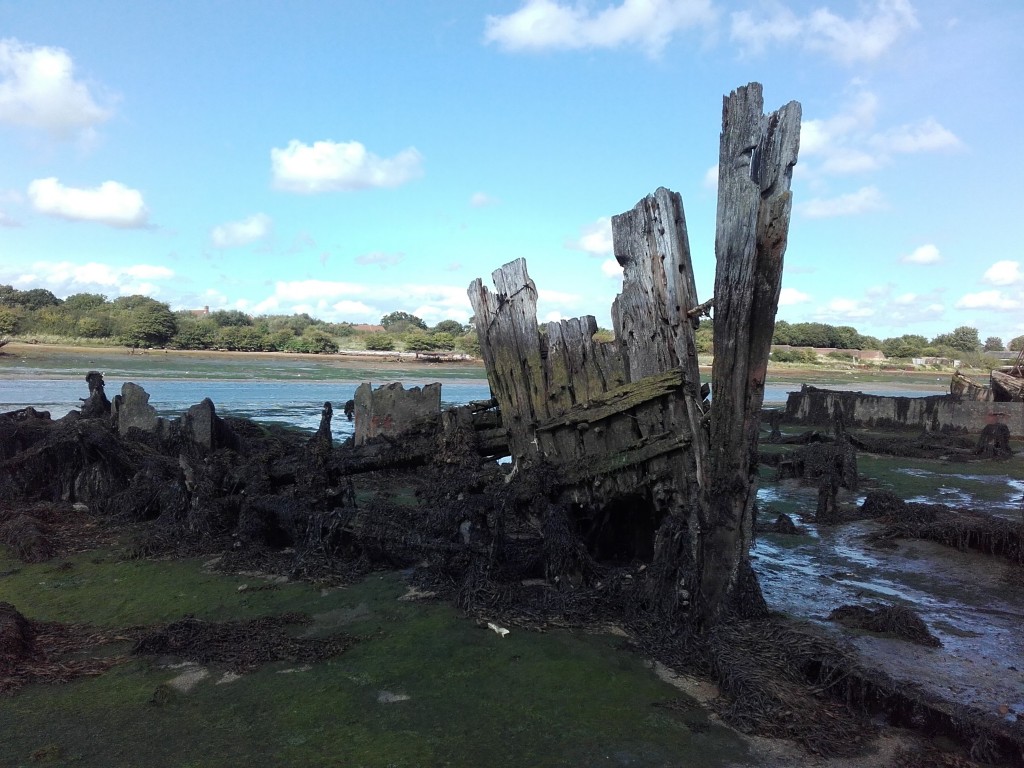
Other free online courses (MOOCs) that may be of interest to you
We know that MOOCs attract a wide variety of people and that learners come to Shipwrecks and Submerged Worlds from many different backgrounds. Some of you are specifically interested in archaeology, whereas others are more interested in diving, oceanography, history or climate change issues.
Continue reading →






